Pressure Gauges
-
Out of Stock
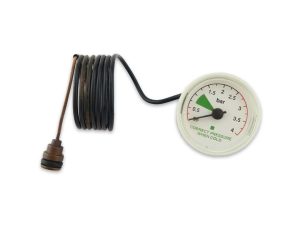
Alpha Boiler Pressure Gauge 1.016151
£24.00 Exc. VAT £20.00 Add to cart -
In Stock
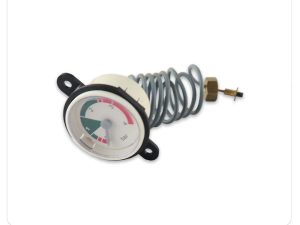
Baxi / Main / Potterton Boiler Pressure Gauge 5118385 Type 1
£10.20 Exc. VAT £8.50 Add to cart -
In Stock
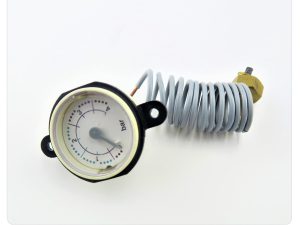
Baxi / Main / Potterton Boiler Pressure Gauge 5118385 Type 2
£10.20 Exc. VAT £8.50 Add to cart -
In Stock
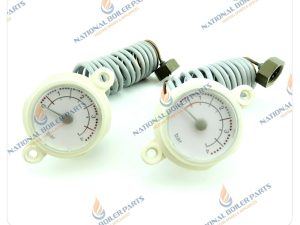
Baxi Combi 80E 105E 105He Potterton Gold, Performa 4 Bar Pressure Gauge 248090
£10.20 – £21.85 Select Options This product has multiple variants. The options may be chosen on the product page -
In Stock
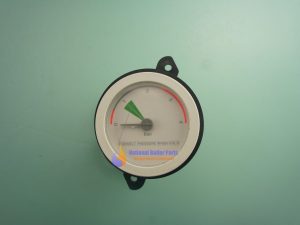
BAXI MAXFLOW WM BOILER PRESSURE GAUGE 247396
£10.20 Exc. VAT £8.50 Add to cart -
In Stock
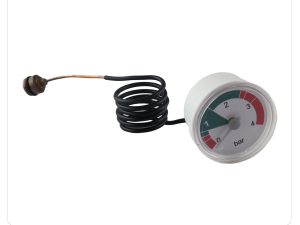
Baxi Potterton Boiler Pressure Gauge 720061901 720776601
£10.80 – £37.52 Select Options This product has multiple variants. The options may be chosen on the product page -
In Stock
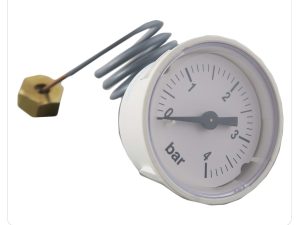
Baxi Potterton Main Boiler Pressure Gauge 248090
£18.97 Exc. VAT £15.81 Add to cart -
In Stock
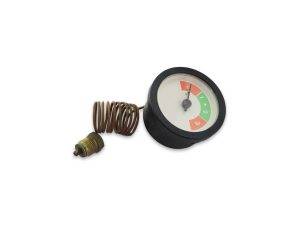
Baxi Pressure Gauge 241190
£14.40 Exc. VAT £12.00 Add to cart -
In Stock
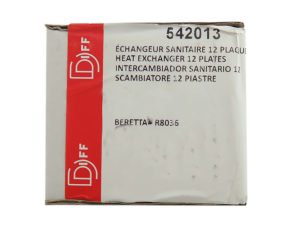
Baxi Solo Megaflo, Potterton Promax Boiler Mechanical Timer 247206
£10.80 Select Options This product has multiple variants. The options may be chosen on the product page -
In Stock
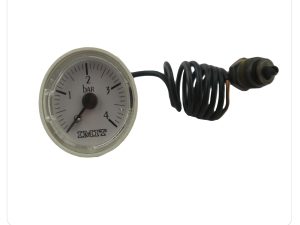
Ferroli Boiler Pressure Gauge 39806330
£13.20 – £19.54 Select Options This product has multiple variants. The options may be chosen on the product page -
In Stock
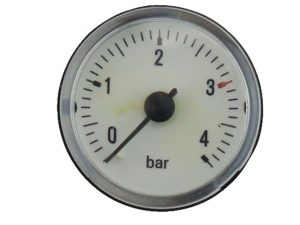
Ferroli Maxima Boiler Pressure Gauge 39809750
£10.80 – £19.12 Select Options This product has multiple variants. The options may be chosen on the product page -
In Stock
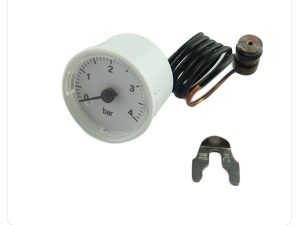
Ferroli Optimax HE Plus Pressure Gauge 39820080
£35.72 Exc. VAT £29.77 Add to cart
